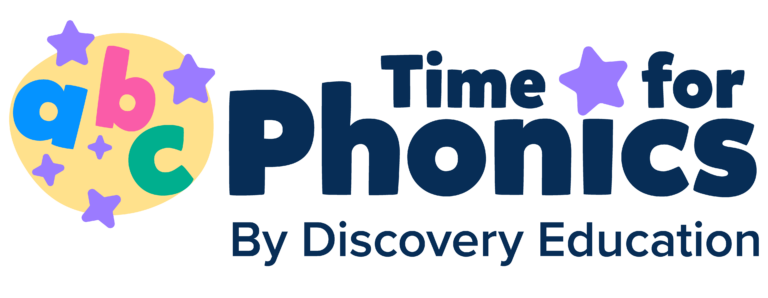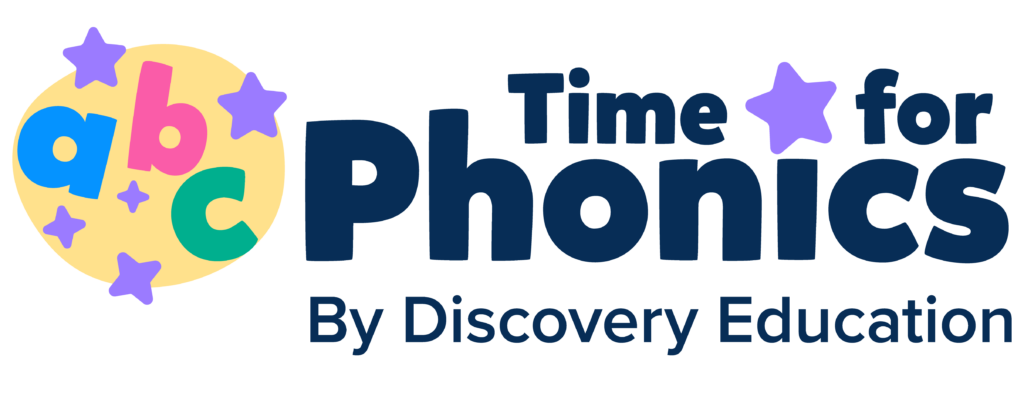How Phonics Links To The Year 1 National Curriculum
By Heather McAvan – September 7, 2021
Since Letters and Sounds was introduced BEFORE the KS1 National Curriculum (2014) it may not be immediately obvious how phonics learning and English lessons should marry up. Here we have outlined exactly how children should working towards using their phonics knowledge to meet the key stage 1 English requirements for reading and spelling, and we also have this handy guide for how phonics links to the requirements of the EYFS.

By the end of year 1 children should use their phonics knowledge to be able to:
By the end of year 1 children should use their phonics knowledge to be able to:
- Read words with contractions (for example, I’m, I’ll, we’ll), and understand that the apostrophe represents the omitted letter(s)
- Read aloud accurately books that are consistent with their developing phonic knowledge and that do not require them to use other strategies to work out words
- Decode words
- Respond speedily with the correct sound to graphemes (letters or groups of letters) for all 40+ phonemes, including, where applicable, alternative sounds for graphemes
- Read accurately by blending sounds in unfamiliar words containing graphemes and phonemes that have been taught
- Read common exception words, noting unusual correspondences between spelling and sound and where these occur in the word
- Read words containing taught graphemes and phonemes and –s, –es, –ing, –ed, –er and –est endings

- Read other words of more than one syllable that contain taught graphemes and phonemes
- Re-read these books to build up their fluency and confidence in word reading
- Spell words containing each of the 40+ phonemes already taught
- Spell common exception words
- Spell the days of the week english
- Name the letters of the alphabet in order
- Use alphabetical letter names to distinguish between alternative spellings of the same sound
- Add prefixes and suffixes:
» Using the spelling rule for adding –s or –es as the plural marker for nouns and the third person singular marker for verbs
» Using the prefix un–
» Using –ing, –ed, –er and –est where no change is needed in the spelling of root words (for example, helping, helped, helper, eating, quicker, quickest). - Apply simple spelling rules and guidance
- Write from memory simple sentences dictated by the teacher that include words using the graphemes, phonemes and common exception words taught so far
Join Time for Phonics today to access our unique phonics scheme, supporting resources and much more!

